QuestionWe adopted a research beagle knowing there would be some issues, but nothing prepared us for how strange our little girl is. Sophie is a six year old beagle and we love her. However, she's making us miserable. We house trained her and initially she did well - pooping/peeing in her living-room sized fenced yard. But now she's regressing. She's been having lots of accidents (peeing) in the dining room, which is where we keep her food bowl. This morning, after breakfast and 1/2 hour outside in her yard, she came in and pooped AND peed in the dining room - all around her food bowl! We understand she prefers to poop/pee on a smooth surface - like the concrete of her kennel when she was a research dog - so we put a large paver in the poop yard hoping it would attract her, to no avail. And yes, we keep the poop yard scooped, in case you're wondering. She has also occasionally had accidents on the area rug in the dining room. She's somewhat shy and is terrified of other dogs. Positive reward training only goes so far with her because when she's feeling anxious (especially around dogs) she doesn't want the treats, so it's hard to reward her for being around other dogs. Should we medicate her? And if so with what? We've tried Harmonease and Busparone but they haven't helped. Please help us so we can keep our dog and not return her to the veterinary school... :(
AnswerHi Diana,
You would have had to have a veterinary prescription for the Harmonease and Busparone so I am wondering why those medications were prescribed.
Usually the first thing I recommend when an adult dog is having housebreaking issues that was previously housebroken is a veterinary exam to rule out underlying medical causes that may be causing or contributing to the problem. Has your veterinarian done such an exam since this issue started?
The other thing I recommend is crate training for housebreaking older dogs as well as puppies. I would not leave her off leash to eliminate until she is fully housebroken. Take her out on a leash to the same spot every time, wait a minute and if she goes, reward her with a tasty treat and praise,let her sniff around a bit if she wants or play and then bring her back inside. If she doesn't eliminate, bring her back inside and crate her. Wait 10 or 15 minutes and try again. Repeat until she eliminates and then allow her to be free, but until she is fully housebroken you should never leave her out of your sight, which means she cannot have full run of the house. You can either tether her to yourself or keep her confined to a small area where you are and can watch her constantly.
I would not suggest picking up the stool outside. Leave it to entice her to go in her designated spot. Say nothing when you take her outside. Speak to her only after she has eliminated. Use a leash that is no longer than 6 feet long and stand still, allowing your dog to look for a spot to eliminate within that 6 foot radius, no more.
Keep your dog on a regular feeding and elimination schedule. Feed a high quality food with little filler and feed at the same time every morning and evening. Giver your dog no more than 15 minutes to eat and then remove what she hasn't eaten. Pick up her bowl until the next meal time.
Take your dog out after meals, after play, after she wakes up from naps and every couple of hours during the day. Crate her at night until she is fully housebroken. If you work during the day you will need to have someone come let her out at lunchtime. You should not be crating your dog more than two hours at a time, and definitely not all day. When she is crated, make sure she has a durable, safe chew toy such as a food-filled Kong to keep her occupied.
Inside you must use an enzymatic cleaner and thoroughly remove all residual odor so your dog is not attracted to the areas where she has previously eliminated. Follow the manufacturer's instructions and clean up any visible residual first, followed by cleaning with soap and water and finally, use the enzymatic cleaner to break down the protein - follow the instructions on the container for contact time, etc.
If your dog is anxious, I recommend purchasing an Anxiety Wrap (www.anxietywrap.com) I have used this product on my own dog and have been recommending to my clients with fearful, anxious and aggressive dogs for a few years now. See this website for a comparison of the original Anxiety Wrap with the Thundershirt, which came out 8 years after the Anxiety Wrap: http://anxietywrapsays.blogspot.com/
One last thing - make sure you are not punishing your dog for any "accidents." Punishing her will not help, it will only hinder the process and she is likely to then seek out places away from you to eliminate.
You need to watch her closely for any sign that she needs to go outside. You may want to teach her to target bells on the door to let you know she needs to go out. You could either do this by teaching her to target an object - the bells - using clicker training, or you could simply ring the bells yourself just prior to your exiting the door to take her outside.
The issue with her fearfulness around other dogs is best solved by 1) Getting her an Anxiety Wrap - again, follow the manufacturer's instructions, and 2) finding a reward-based trainer with experience in desensitization, counter-conditioning and response substitution. You can seek out the assistance of a board-certified veterinary behaviorist who can give you a diagnosis and prescribe a treatment plan: http://www.dacvb.org/resources/find/ These veterinary specialists will usually consult with your local vet via the phone so that you won't have to do a lot of traveling.
Alternatively you can look for a Certified Applied Animal Behaviorist: http://www.animalbehavior.org/ABSAppliedBehavior/caab-directory
The best place to start looking for a qualified trainer is the Karen Pryor Academy: https://www.karenpryoracademy.com/find-a-trainer Call the 800 number if you don't see a trainer in your area since not all Certified Training Partners pay the required fees to be listed on the site: 800-472-5425 A Karen Pryor Academy graduate and Certified Training Partner can show you how to use treats correctly and help you implement a treatment plan prescribed by a veterinary behaviorist.
Bear in mind that medication alone without behavior modification implemented by a skilled trainer or behaviorist will generally be ineffective. Medication only helps lower anxiety. It does nothing to address the dog's underlying issues and teach it new ways of interacting with its environment.
I hope these tips help you and you are able to find the professional assistance you need to help you resolve your concerns.
All the best,
Cindy

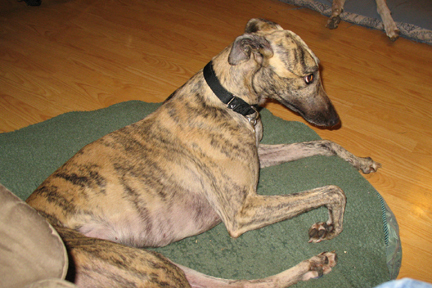 Adult Greyhound Howling
Question
Lisette
Hello Kathleen,
Thank you for taking
Adult Greyhound Howling
Question
Lisette
Hello Kathleen,
Thank you for taking
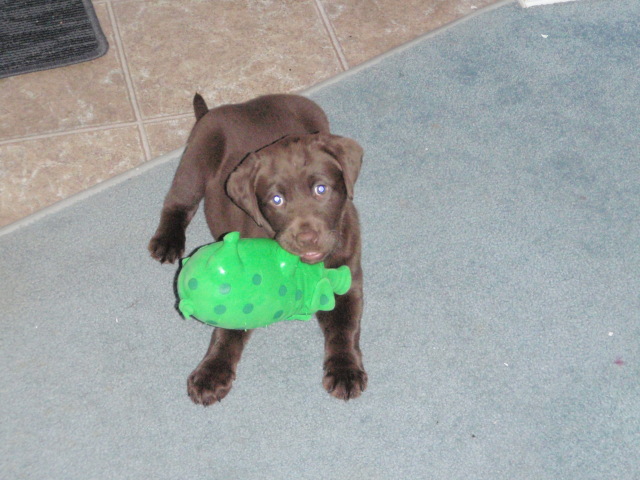 Puppy help!
Question
Roxy!
Hello! I am so glad I found this site:)
Puppy help!
Question
Roxy!
Hello! I am so glad I found this site:)
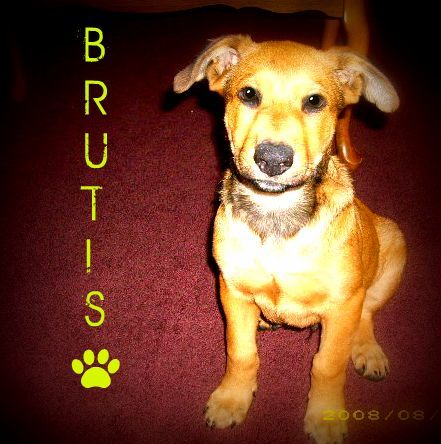 dog training.
Question
Brutis
I have a 6 month old german shepherd/la
dog training.
Question
Brutis
I have a 6 month old german shepherd/la
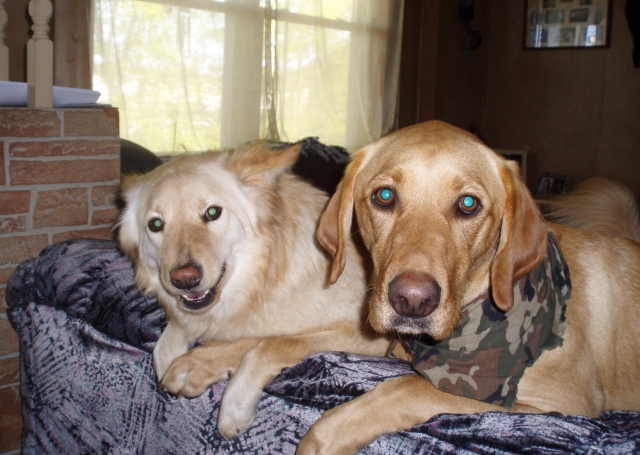 Snapping/Snarling problem
Question
Gypsy and George
We have an 18 month old pure
Snapping/Snarling problem
Question
Gypsy and George
We have an 18 month old pure
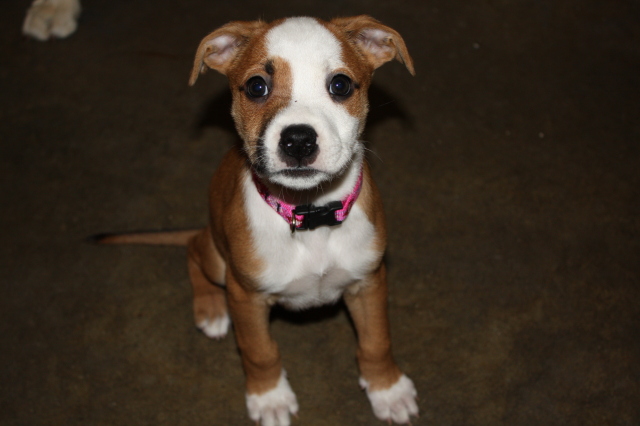 agression
QuestionNew Pup
QUESTION: I am so totally at wit
agression
QuestionNew Pup
QUESTION: I am so totally at wit